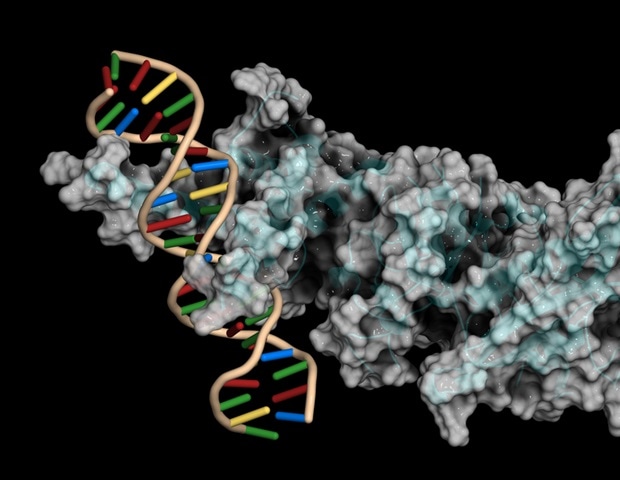Scientists have generated a comprehensive map of the gene targets regulated by the transcription factors HNF4A and HNF1A in human pancreatic beta cells and liver cells. Published in the journal Nature Communications , the study revealed common and tissue-specific molecular pathways regulated by HNF4A and HNF1A, two proteins that possess important functions governing the development and function of the pancreas and liver. Notably, the scientists identified several novel gene targets in pancreatic beta cells, the cells responsible for insulin production, that may play previously unknown roles in regulating insulin secretion.
As genetic variants in HNF4A and HNF1A are known to cause a rare form of diabetes called Maturity Onset Diabetes of the Young (MODY) and also influence risk for the more common type 2 diabetes, these findings provide valuable insights into potential therapeutic targets for diabetes. The research team, led by Dr Adrian Teo, Senior Principal Investigator at A*STAR's Institute of Molecular and Cell Biology (IMCB), used the cutting-edge technique of chromatin immunoprecipitation sequencing (ChIP-Seq) to map the genomic binding sites of HNF4A and HNF1A in stem cell-derived models of human pancreatic and liver cells, and in primary human islets. By comparing the binding profiles across different cell types, they found that while these two transcription factors regulate some common genes and processes like actin cytoskeleton organization in both pancreatic beta ce.
























